Warning: Undefined variable $k in /home/nginx/domains/wired2fishcom.bigscoots-staging.com/public/wp-content/themes/understrap-child-0.6.0/functions.php on line 984
Warning: Undefined variable $k in /home/nginx/domains/wired2fishcom.bigscoots-staging.com/public/wp-content/themes/understrap-child-0.6.0/functions.php on line 987
Jigs are among the best baits for bass fishing; in part, because the term “jig” encompasses a wide range of baits. While a few jigs can be used in multiple situations, the need for a good assortment of different types of jigs is imperative if you want to be the best bass fisherman you can be.
These various types of jigs all do something that the others can’t, and play key roles in the experienced angler’s tackle box. Today, we’re going to layout the best jigs for bass fishing as well as give a few examples of some of those best bass jigs.
OUR TOP PICKS BY TYPE
- Football – Strike King Tour Grade Football Jig
- Finesse – Jewel Baits Tactical Finesse HD Jig
- Skipping – Strike King Skipping Jigs
- Flipping – Z-Man CrossEyeZ Flipping Jig
- Casting – Greenfish Tackle Brandon Cobb All Purpose Jig
- Swim Jig – Dirty Jigs Swim Jigs
- Grass Jig – Strike King Hack Attack Flipping Jig
- Hair Jig – Cumberland Pro Prayer Jig
- Vibrating (bladed) Jig – Z-Man ChatterBait Elite EVO
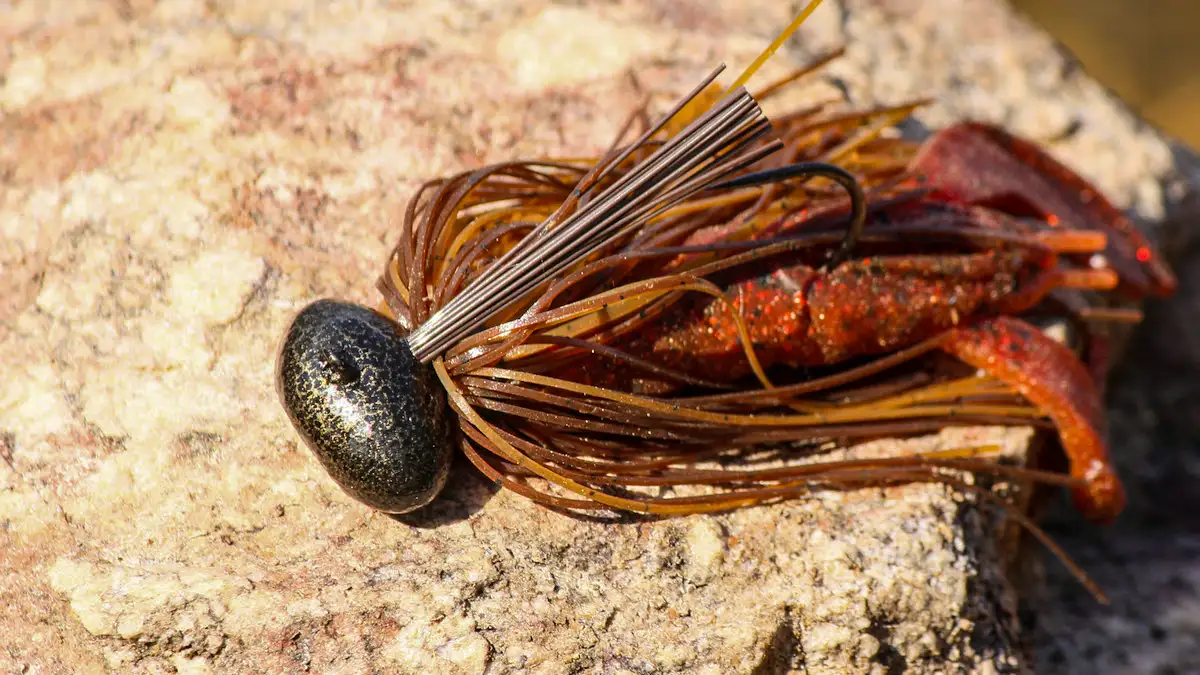
FOOTBALL JIG
Football jigs are some of the more easily identifiable jigs by looks alone, since the style is in the name. The football shaped head of the jig offers more surface area to create contact with the bottom, making this the perfect jig for fishing deep water along a hard bottom.
One of the biggest keys to fishing a deep jig effectively is maintaining bottom contact. So, a heavy football jig with a wide head both gets your bait down to the bottom and allows you to feel the bottom, to ensure you’re maintaining contact. The wider head also slides over rocks better, where a more pointed head would wedge in the crevices and hang up.
Our top picks for Football Jigs:
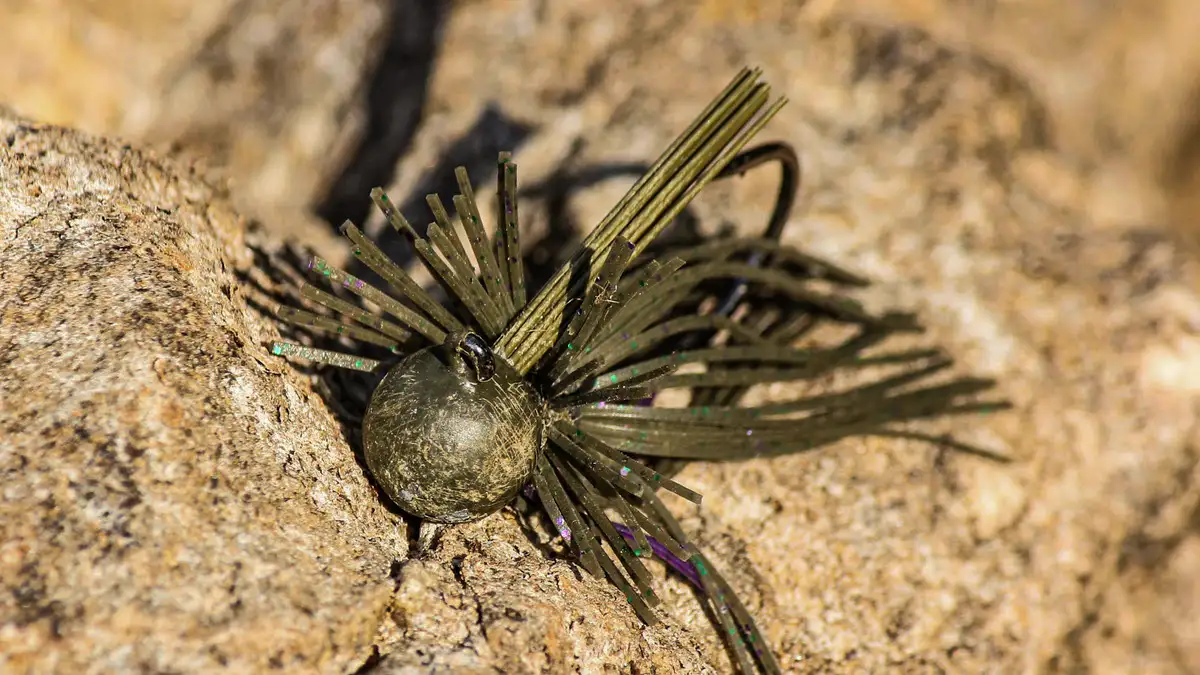
FINESSE JIG
A finesse jig, otherwise known as a ball head jig or spider jig, can be thought of as the football jig’s little brother. It’s a jig that is also intended to be drug across a relatively clean or rocky bottom, but as the name implies, it’s a little more finesse.
So this is a jig you’d use in place of the football jig when the fishing is a little tougher, the water is a little colder or you’re targeting spotted or smallmouth bass. Though these two species could and certainly do eat a football jig as well, the smaller bait with the trimmed skirt offers less lure for these smaller-mouthed predators to grab hold of without getting the hook.
Our top picks for finesse jigs:
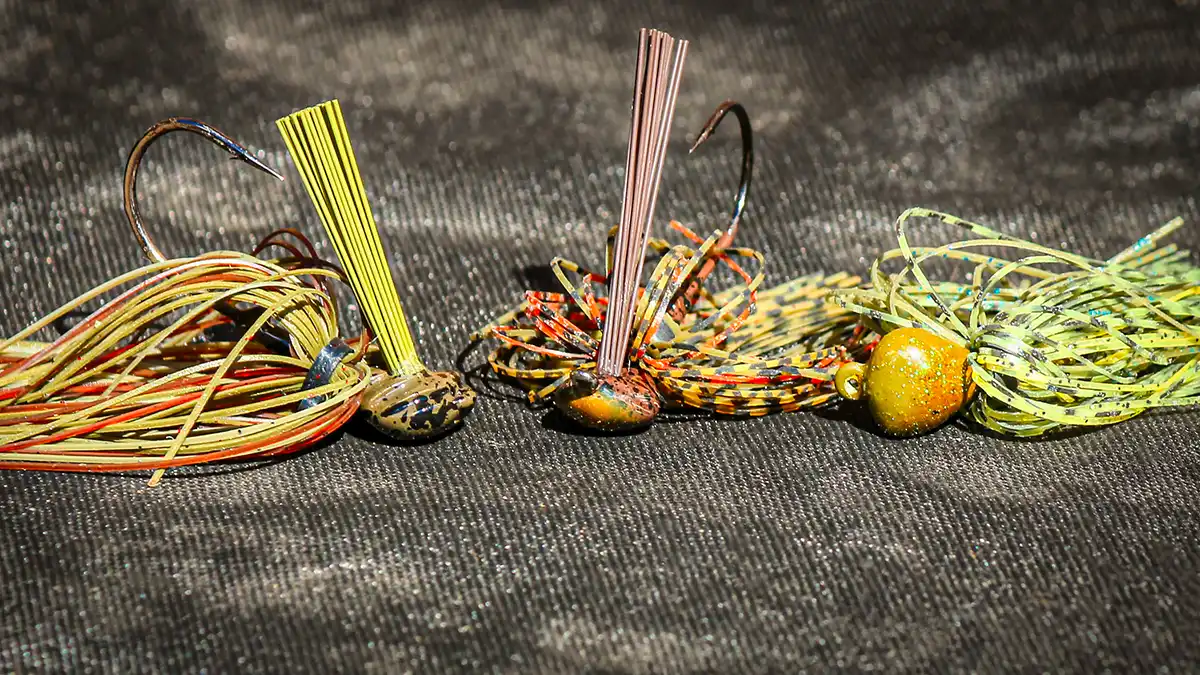
SKIPPING JIG
Skipping jigs are designed to be cast under overhead cover, such as boat docks,limbs, or other hard-to-reach places. To accomplish this, the best skipping jigs share a few features that make them really good for their intended purpose. This allows them to be skimmed across the water’s surface, and worked effectively through cover.
There’s a common head design with a horizontal eye and kind of a scoop shape to the head, with most of the weight on a planing surface. A medium-sized weedguard comes out of the head to cover the hook, making the jig snag-resistant while still allowing for effective hooksets. Most skipping jigs are equipped with a fairly stout, round-bend hook. Molded onto the hook you’ll find a soft plastic trailer keeper. To complete the jig, a rubber or silicone skirt is locked in on the collar of the jighead.
Skipping jigs also keep to a pretty tight lane when it comes to color selection. You won’t find many whites, chartreuses, pinks or shad patterns. The basic consensus is that when you’re skipping a jig you’re targeting fish related to bream, bluegill, crawfish or some other dark prey. Most skipping jigs come in some variation of green, brown or black with little splashes of brighter colors mixed in, like chartreuse, orange and purple.
Our top picks for skipping jigs:
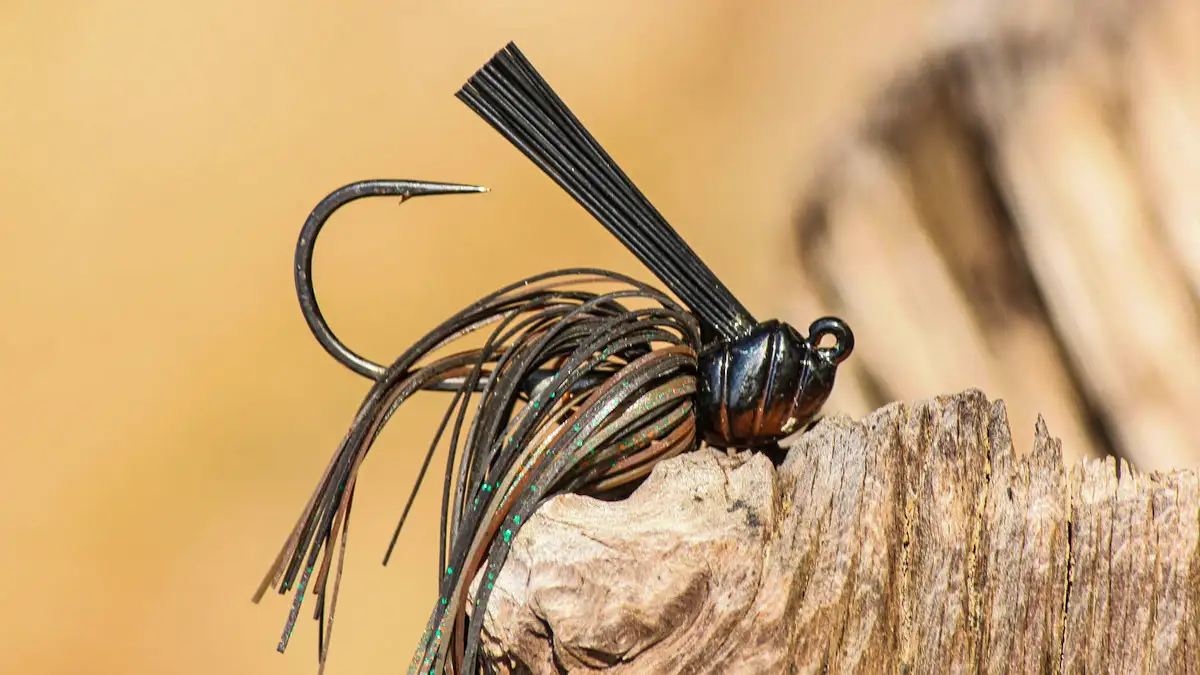
FLIPPING JIG
Flipping jig heads vary slightly more more than any other style of jig head, since you can flip all sorts of different cover. There are flipping jigs that are designed more for flipping grass and other light vegetation that have a more pointed head. But these jigs wouldn’t come through wood or rock well.
So, when flipping those types of cover, you’ll want to go with more of an Arkie style head, that has a bit of a flatter, more scooped head like the skipping jig. This head design brings the eye of the jig forward and up a little. The rounder head also prevents the jig from wedging into cover like wood and rock the way other, pointier flipping jigs would.
Our top picks for flipping jigs:
- Z-Man CrossEyeZ Flippin Jig
- Berkley Powerbait Flippin’ Jigs
- Missile Jigs Ike’s Mini Flip Flipping Jig
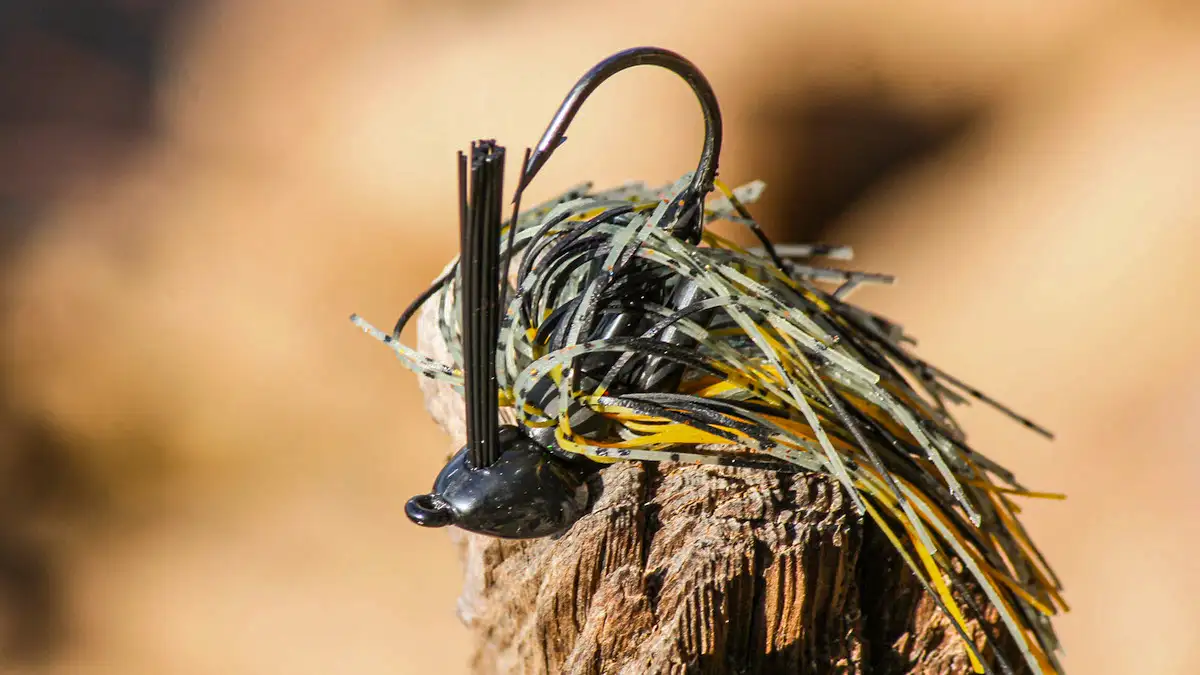
CASTING JIG
A casting jig, also referred to often as an all-purpose jig or an Arkie jig, is a great jig to use when making long casts where you intend to drag the bait through cover, like a brushpile for instance. These jigs are typically a little lighter than football jigs, and their head design is a not as wide or round as a football head, which allows the bait to come through cover better. And, as the alias “all-purpose” implies, these jigs are also the best all-around jigs.
Though football jigs are better in certain situations, as are flipping jigs, skipping jigs and finesse jigs, you can somewhat adequately substitute a casting jig for all of these other baits in many situations. This is very beneficial when junk fishing, or fishing multiple patterns. With a casting jig, you can have one bait on deck that you can skip under a dock, flip into a laydown and drag along the bottom or through brush.
Our top picks for casting jigs:
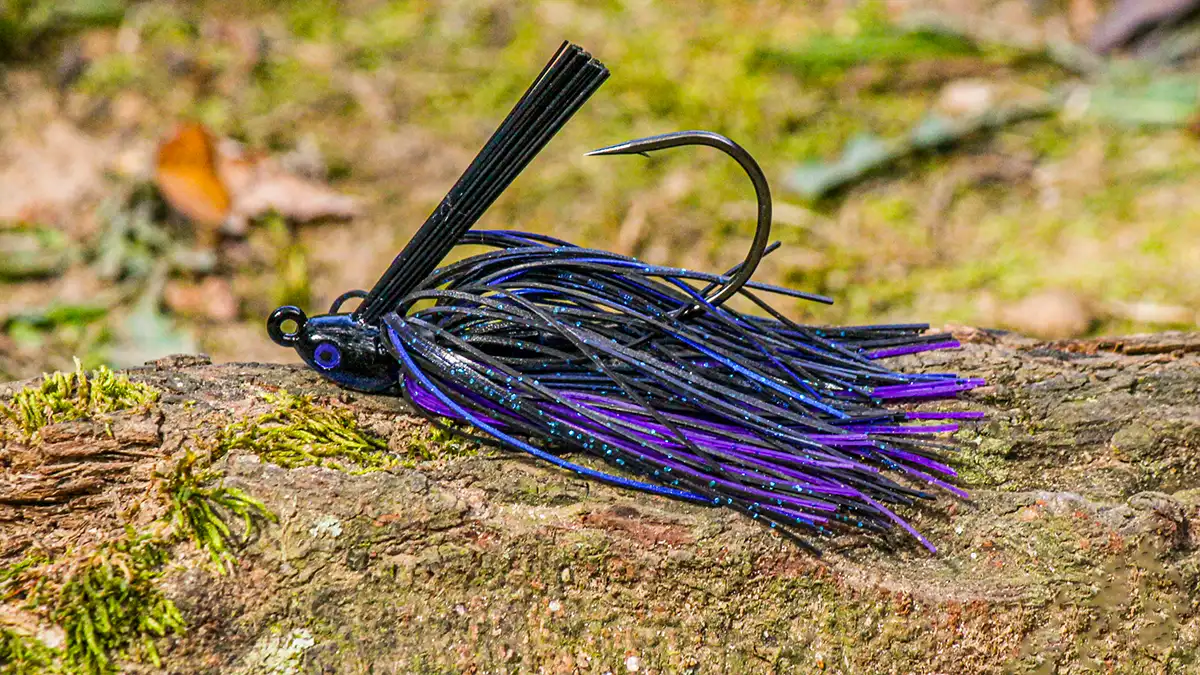
SWIM JIG
When power meets finesse in bass fishing, it’s a deadly combination. That’s really what makes a swim jig such a great lure. It’s a spinnerbait without a blade arm, a buzzbait without a prop or a vibrating jig without a blade. It’s a skirted bait that can be used to mimic various baitfish in a multitude of situations, whether around cover or in open water.
The key characteristic of a swim jig is its pointed head. Intentionally designed this way, a swim jig is built to come through cover well— vegetation in particular. The pointed head sheds grass and debris that would otherwise bog down a less aerodynamic head design.
Not all swim jigs are created equal however. Some are more finesse than power, while others lean in the opposite direction. There are different sizes, hundreds of colors and different ways to secure trailers as well.
Our top picks for swim jigs:
- Dirty Jigs Swim Jigs
- Beast Coast Workingman’s Compact Swim Jig
- Strike King Hack Attack Swim Jig
- Z-Man Midwest Finesse
- 6th Sense Divine Swim Jig
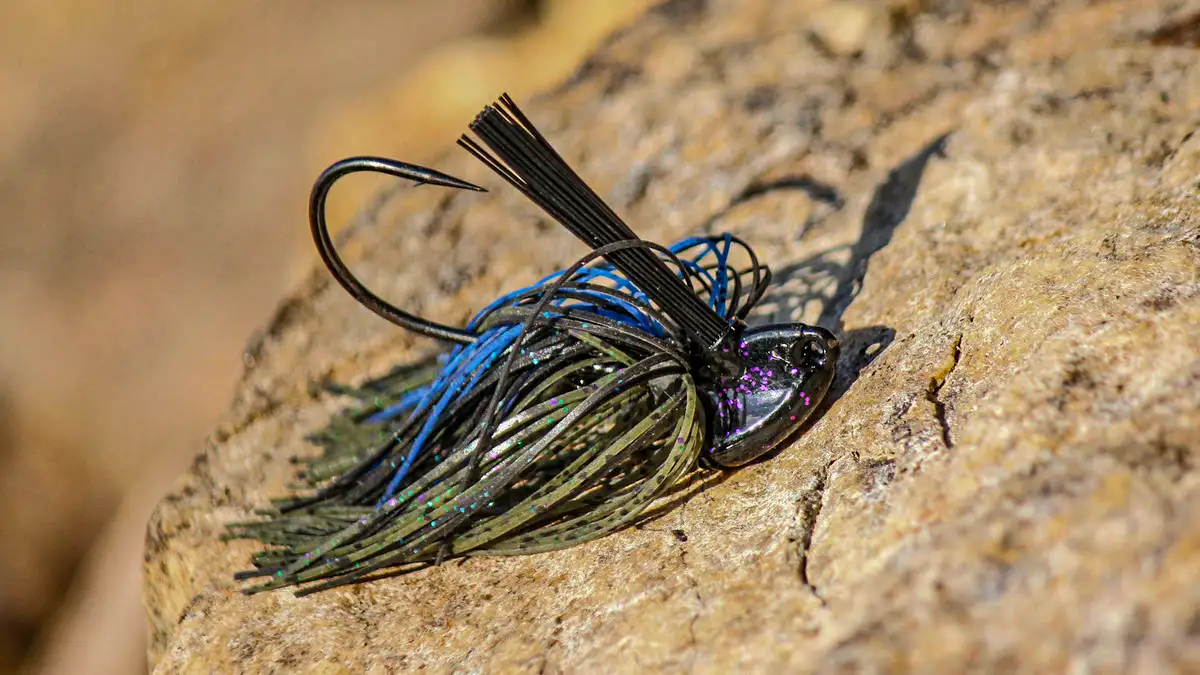
GRASS JIG
Grass jigs can really be looked at like the big brother to both a swim jig as well as a flipping jig designed for grass. These jigs also have pointed heads, but are often heavier and equipped with even beefier hooks and weedguards. In fact, one of the most famous niche jigs in this genre is the Medlock Jig, which featured dual weed guards.
These jigs are built to be flipped into heavy cover, like submerged hydrilla clumps, reeds and mats. The excessive weed guards keep the hook clean on the way in, and then the meaty hook hauls them out. These are some of the most technique specific and seldom used jigs by the bass fishing community as a whole, but a tool you must have given certain conditions.
Our top picks for grass jigs:
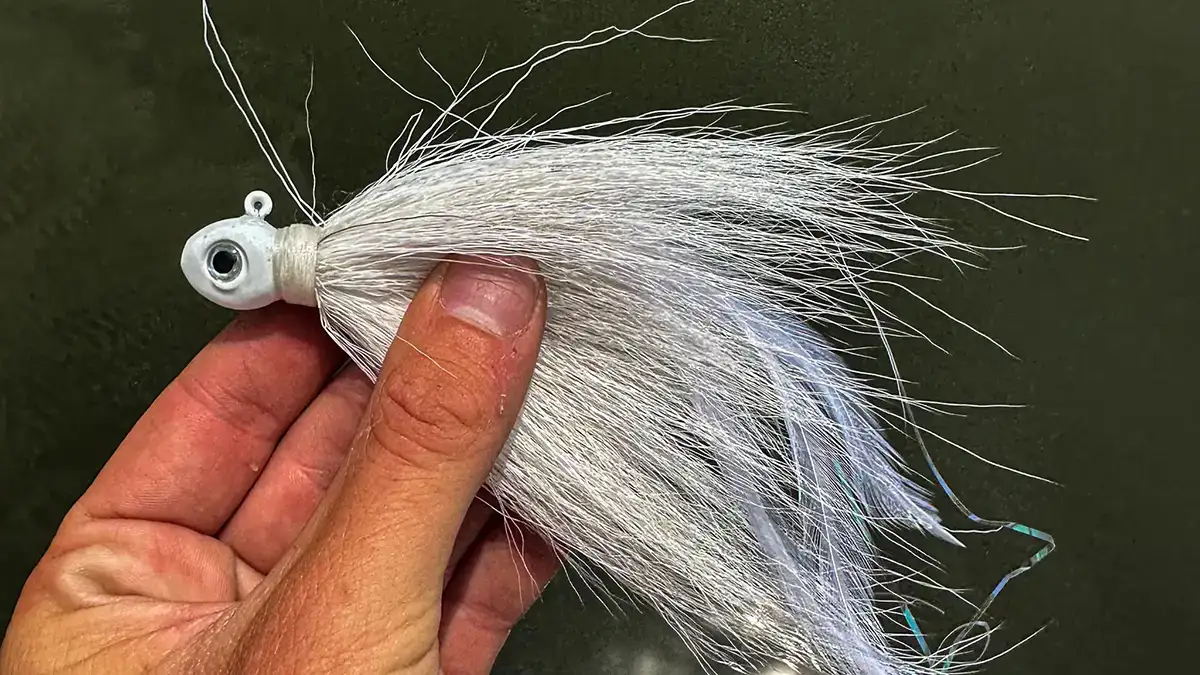
HAIR JIG
Hair jigs differ from most other jigs in the material that is used to make their skirts. Some combination of different animal hairs, tensile and other accent materials come together to create a less flared, much more subtle and flowing jig skirt, as compared to the rubber or silicone skirts of other jig types.
These jigs can range widely in size from tiny 1/16-ounce marabou hair jigs to ledge fishing hair jigs weighing upwards of 1 ounce. And, they range in color as drastically as they range in size; though black in the marabou jig and white in the bigger jigs for ledge fishing are certainly the more popular options among anglers. The small black marabou jigs work great on smallmouth in the North and the larger white jigs imitate shad along ledges in the South.
Our top picks for hair jigs:
- Ledge Hair Jigs – Cumberland Pro Prayer Jigs
- Ledge Hair Jigs – True Bass Shuttlecock
- Smallmouth Hair jigs – Outkast Feider Jig
- Multipurpose Hair jigs – VMC Dominator Marabou Jig
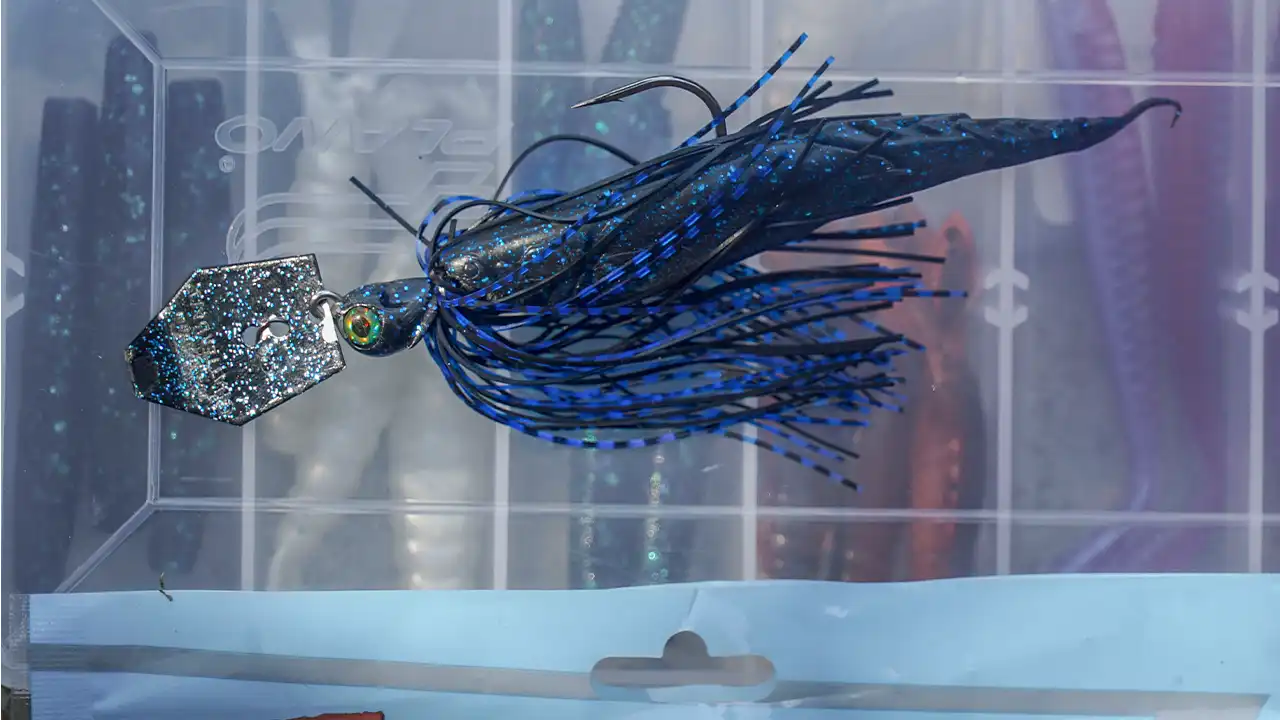
VIBRATING JIG
A vibrating (or bladed) jig consists of some version of one of these jig types we’ve already discussed, but with a hinged blade on the front. According to some anglers, this blade disqualifies vibrating jigs from the jig category all together. Though the blade on the front of a vibrating jig truly does set this bait apart, we thought it beneficial to include vibrating jigs in this conversation to clear up any confusion on the differences between these baits and other jigs.
As a vibrating jigs is reeled through the water column, the blade on the front shutters back and forth violently. This sends a perpetual shockwave through the jig in tow, and creates an overall aggressive action that bass can’t resit and no other jig type can emulate. All this comes together to make a vibrating jig great for fishing along the bottom in a foot of water out to 20 feet, as well as at any point in the water column in between.
Our top picks for vibrating jigs:
Hopefully this brief overview helps you to better understand some of the design characteristics that make each of these best bass jigs ideal in different situations, and critical components of any advanced angler’s tackle box.












